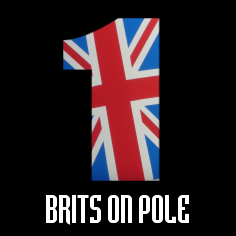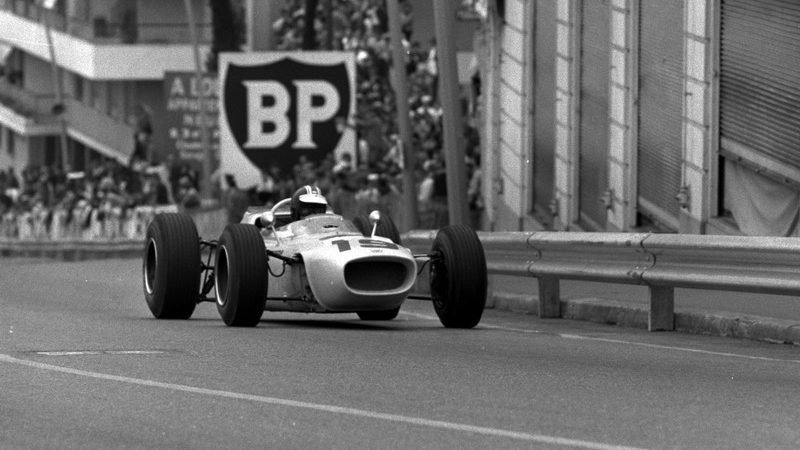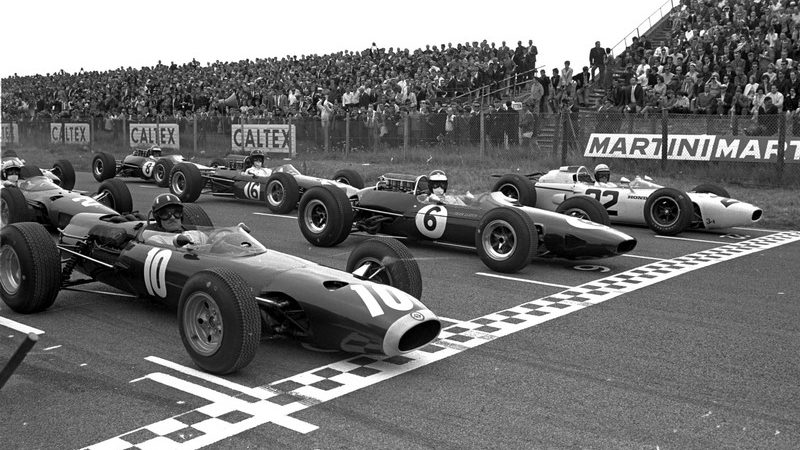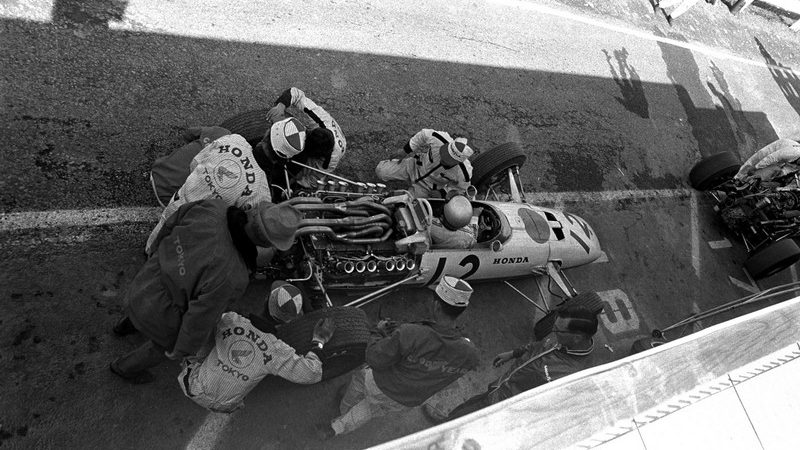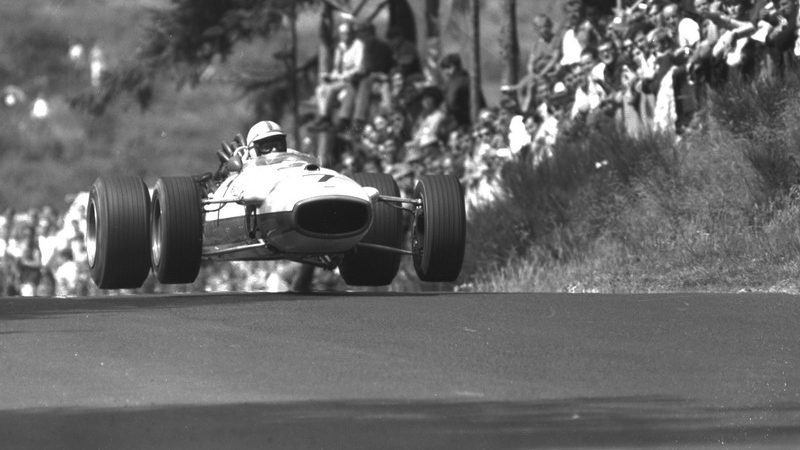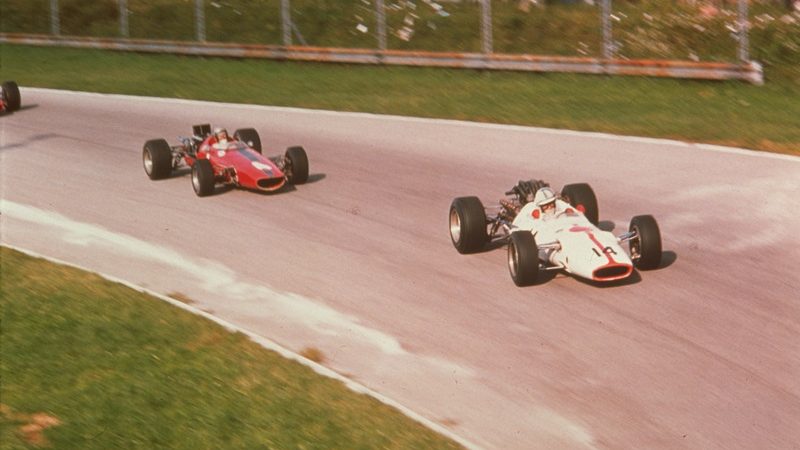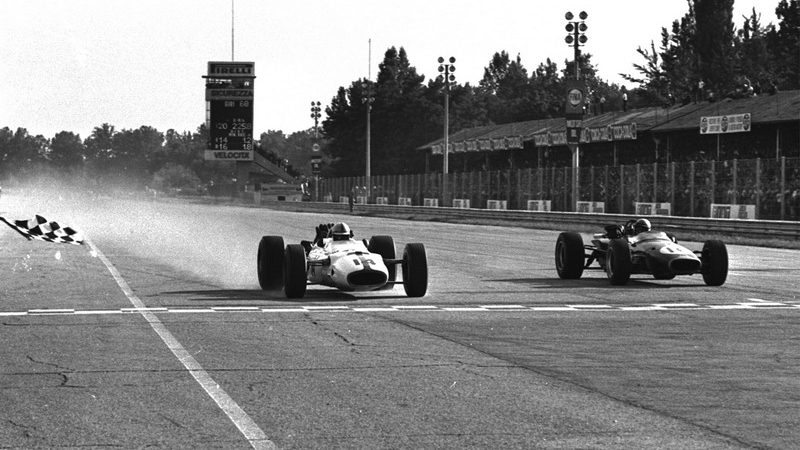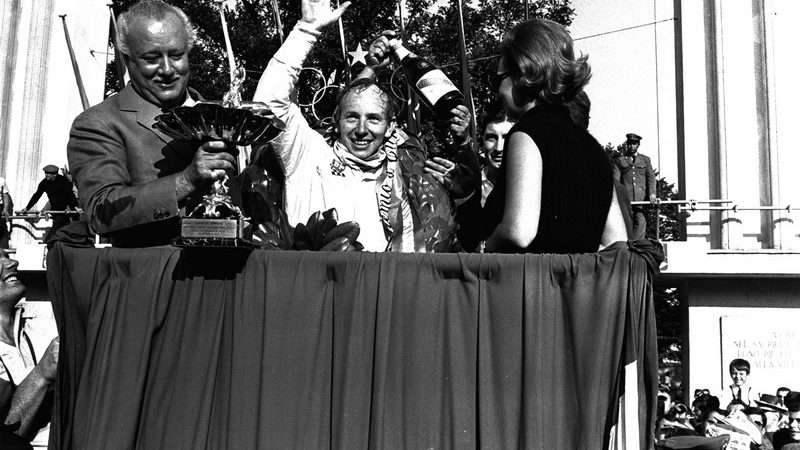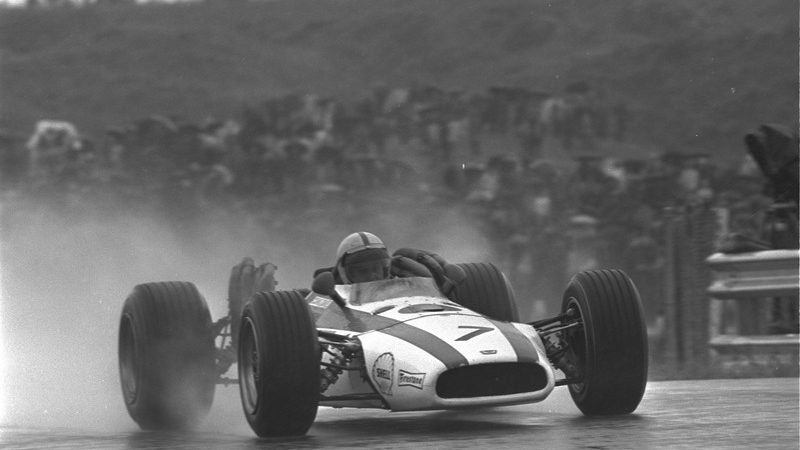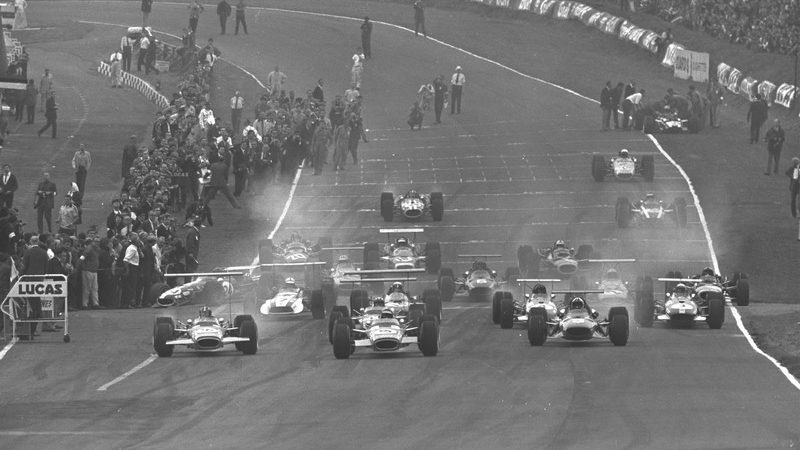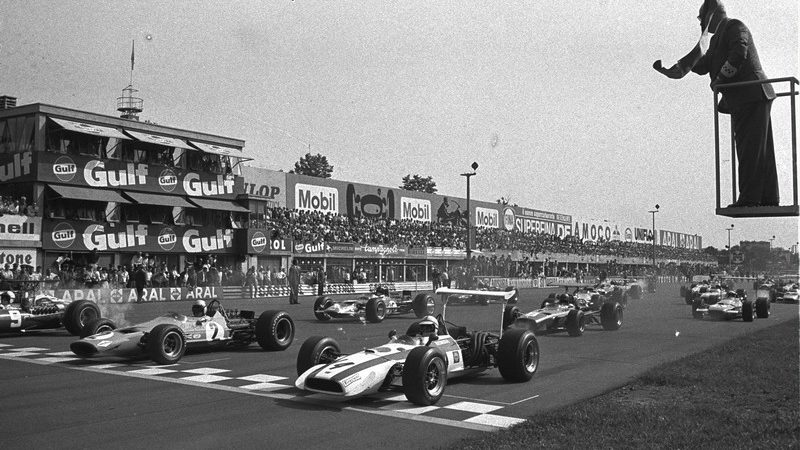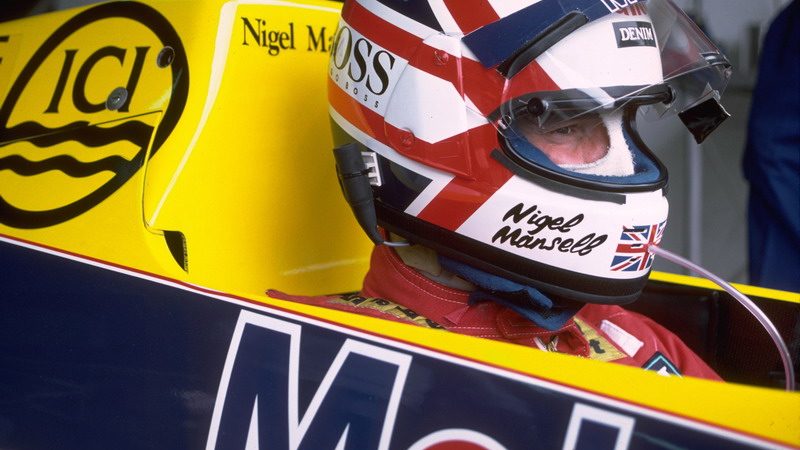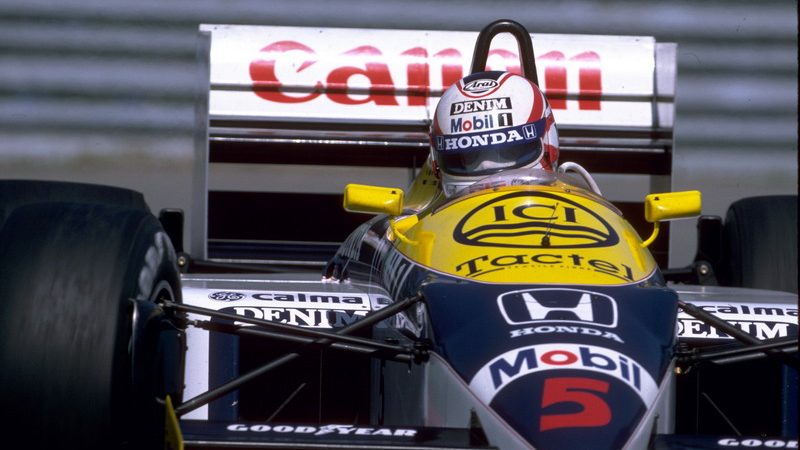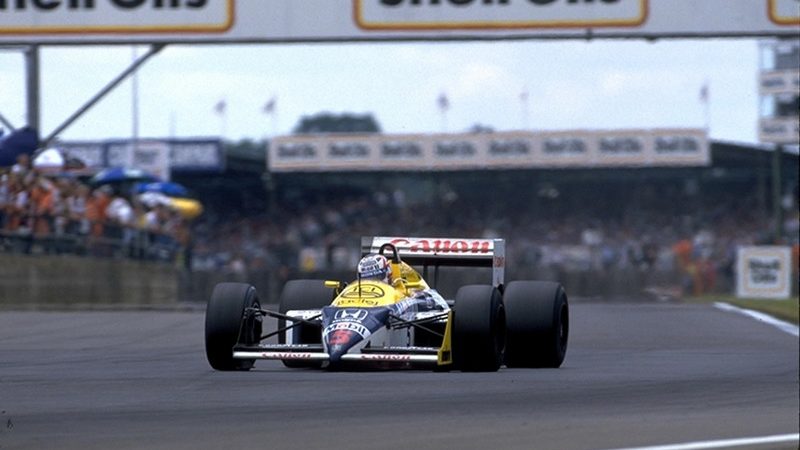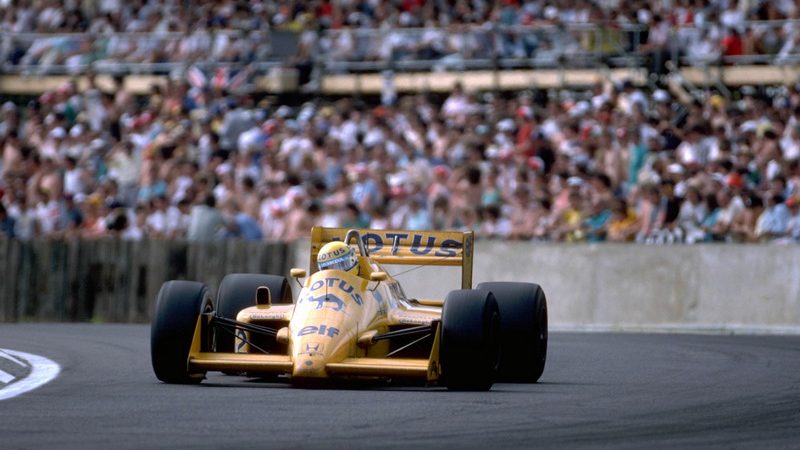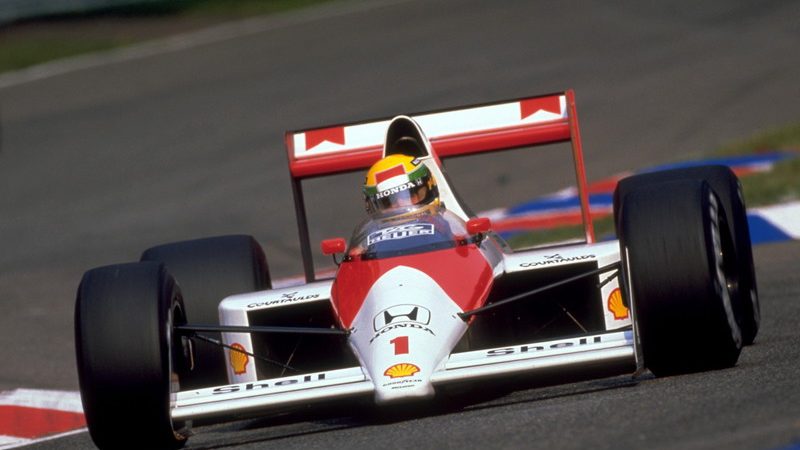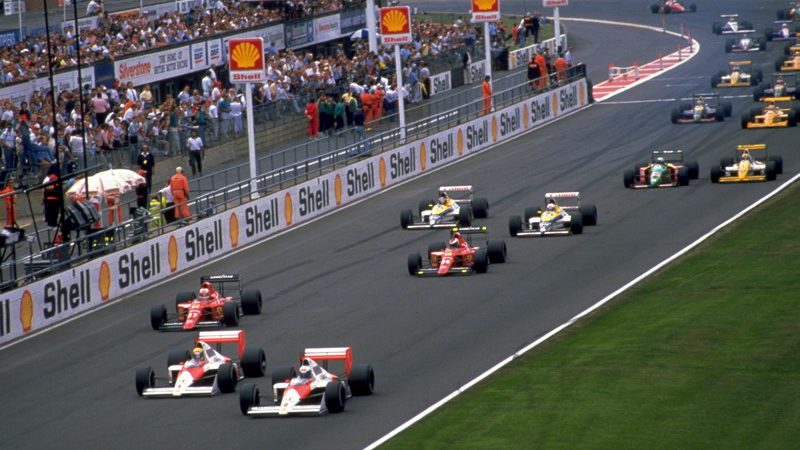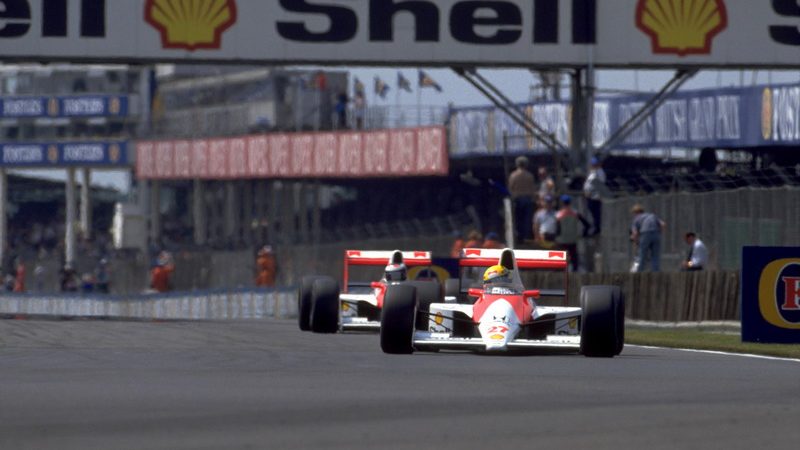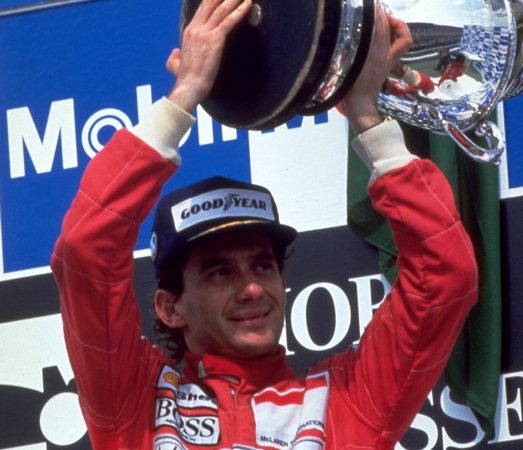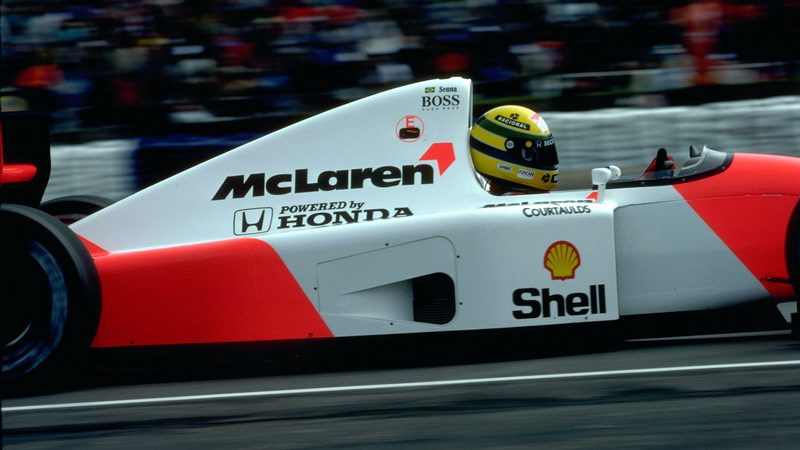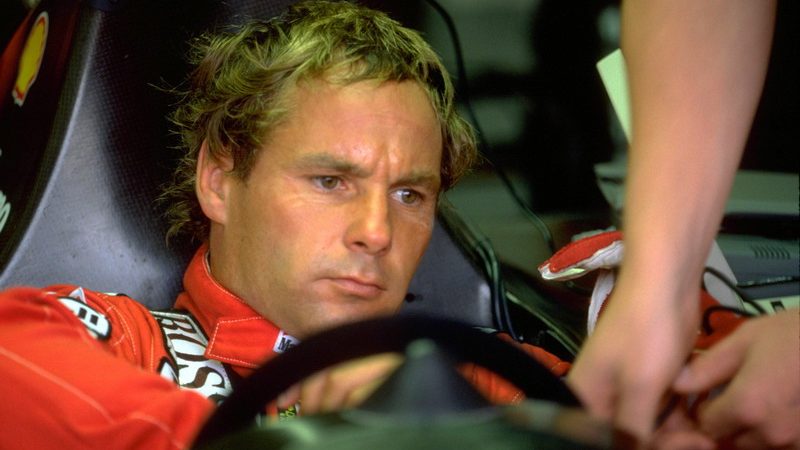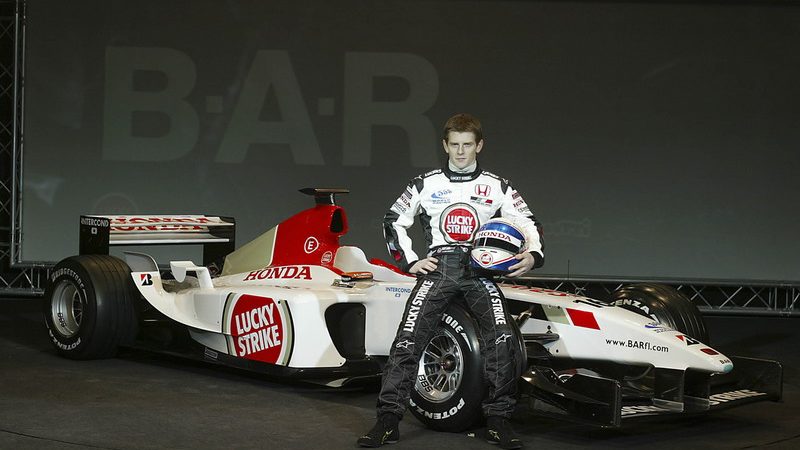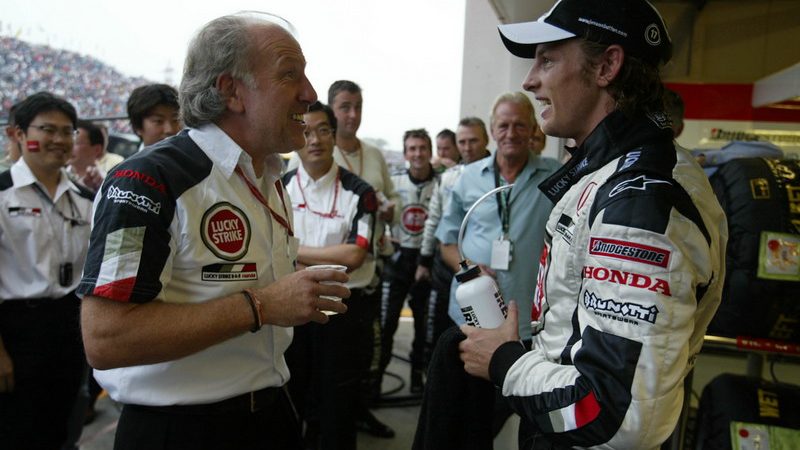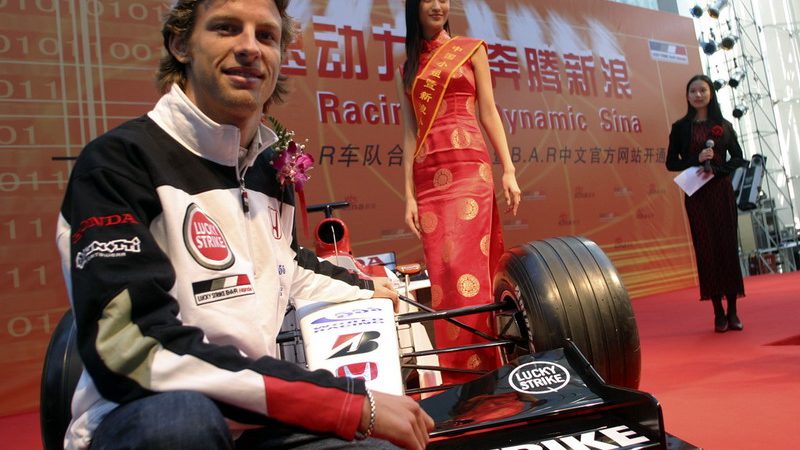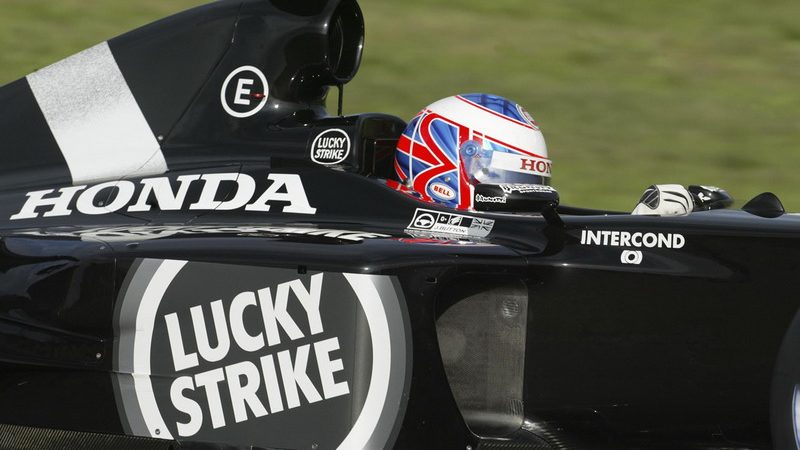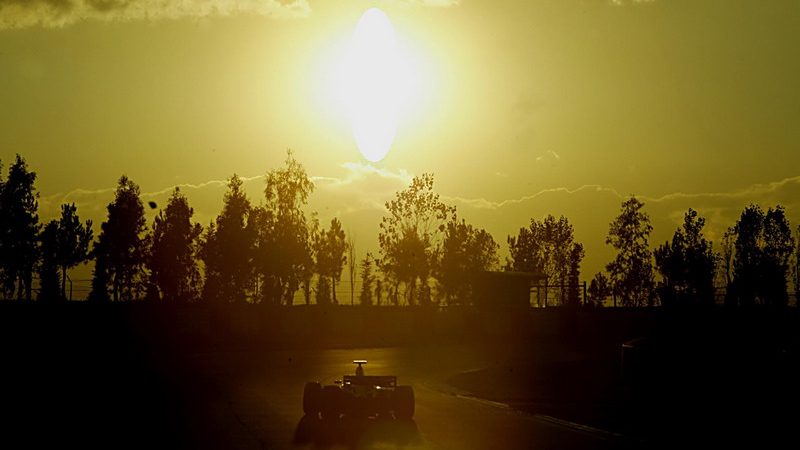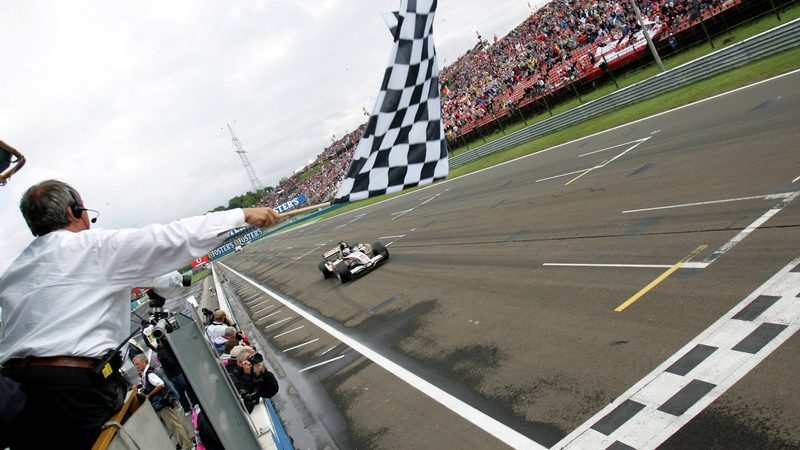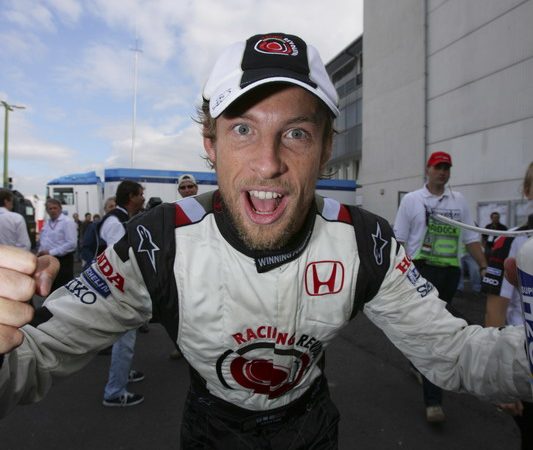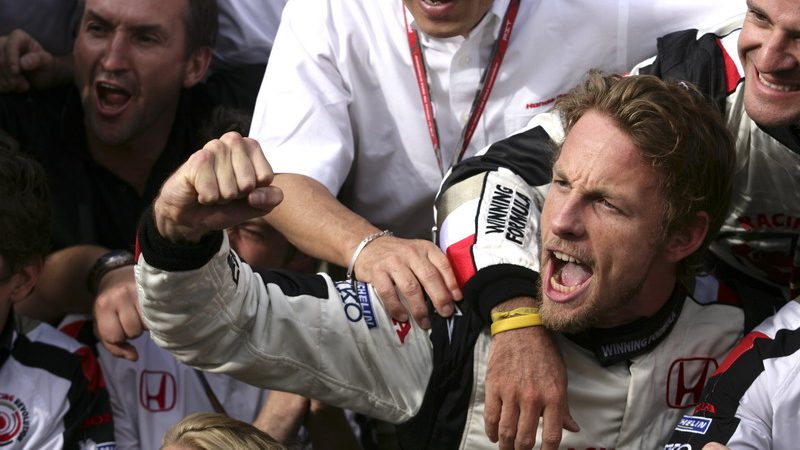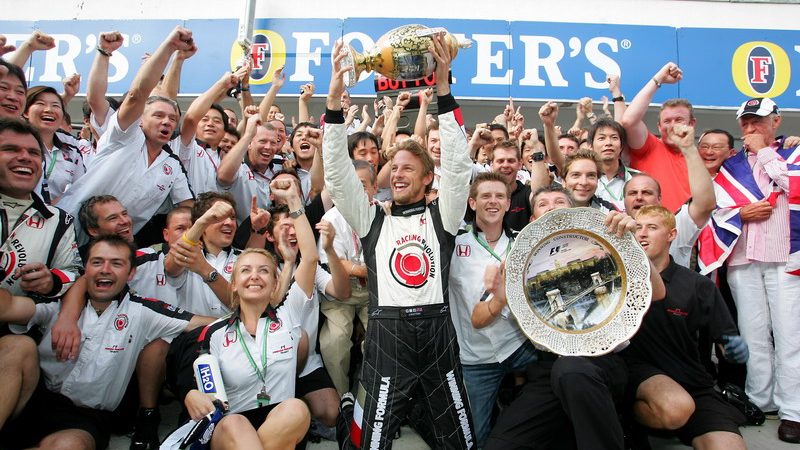Honda’s withdrawal from Formula One marks the third time the Japanese car giant has walked away from the sport, although never before has it written off a financial investment of such magnitude on the way out.
The current incarnation of the company, as partner with and then owner of the team set up originally as BAR, follows 10 years in the 1980s and 90s as an engine supplier and a 47-race run in the 1960s as one of the few teams to build its own engine and chassis.
Both previous stints brought more success than the current one – and both also left a rich legacy of photos, some of which are reproduced here.
Honda was still a relatively new company in 1963 when it first dipped its toe into the overwhelmingly_European world of Formula One – but it took only two years for it to gain its first race win, the 1965 Mexican Grand Prix.
Two years later, John Surtees won the Italian Grand Prix in a Lola-designed chassis – but despite successes such as these the comapny was never consistently among the front-runners and in 1968, after 47 grands prix, it made its first exit.
It returned in 1983, as engine supplier to the stars.
Teams such as Lotus, McLaren, Tyrrell and Williams all ran with the powerful and reliable Honda engines, collecting six constructors’ championships between them. Ayrton Senna, Nelson Piquet and Alain Prost all won drivers’ titles before the company again left the sport, in 1992, with 71 race wins under its belt.
By the end of the decade the company was considering a return, and it began by supplying engines to the BAR and Jordan teams in 2000. The partnership with BAR grew ever-stronger and, after the team had finished runner-up in the 2005 constructors’ championship, Honda bought it and rebranded it.
Despite the high hopes and the investment, the team failed to proposer. Jenson Button’s 2006 win in Hungary was one of very few high spots in three seasons of expensive under-achievement.
The recruitment of former Ferrari supremo Ross Brawn and the decision to abandon development of the 2008 car in favour of the 2009 model promised much for the future – but the team’s parent company in Japan, faced with a global economic slow-down, took a broader view and decided an F1 team was a luxury it could not afford.
Other Honda motor sport programmes will survive the cuts and, given the company’s complex relationship with the sport over the last three decades, ruling out a return is probably a bad idea. Certainly, CEO Takeo Fukui seemed to leave the door open: “For the future we can think whatever. But for now we are pulling out.”
All photos are copyright Honda and are used with their permission.
